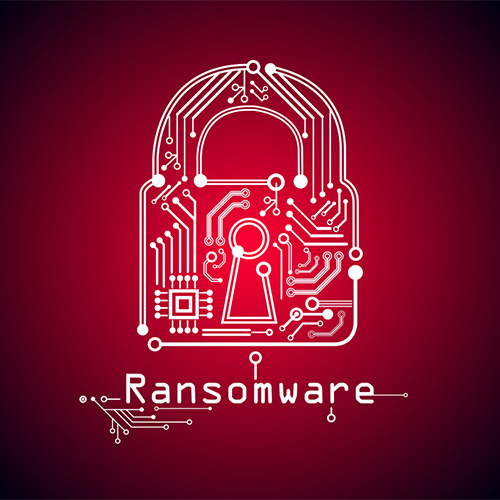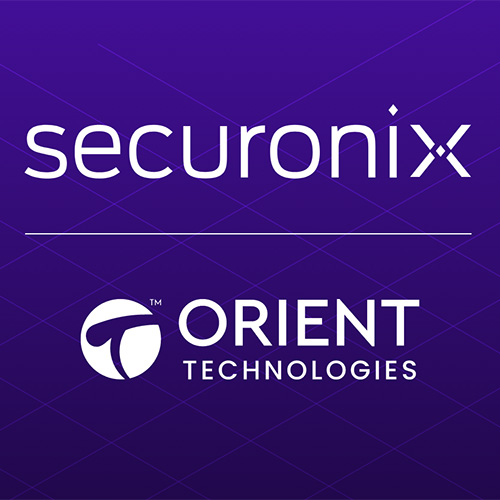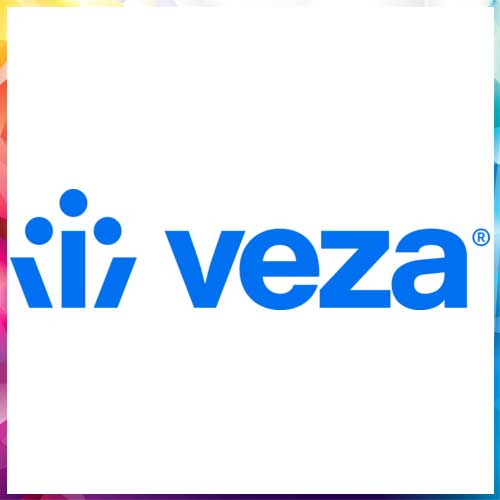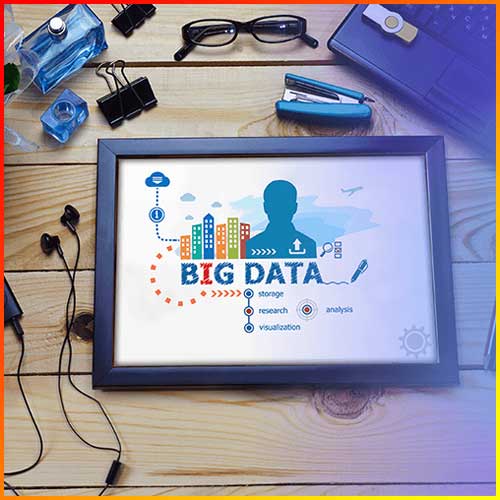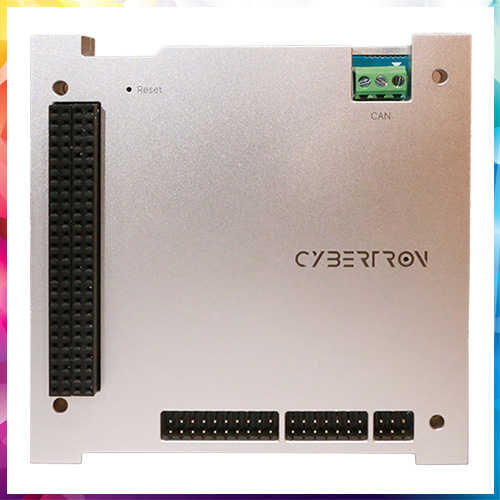
Cybersecurity Awareness Month is a month recognized across the globe as an opportunity to double-down on security awareness efforts. This year’s Cybersecurity Awareness Month is different from the last – with most people still working from home and spending much more time online. This makes it especially challenging for people to protect their personal information and devices, let alone all the data and devices they have to use for work.
Thankfully LastPass can help. Read on for specific steps for both LastPass admins and users to stay safe online.
As an IT Admin: What can you do for your organization?
As an IT and security leader, you need to make it as easy as possible for your employees to do the right (and secure) thing when it comes to protecting their passwords and devices. If you want them to keep corporate data and systems secure – you have to provide a clear path that is easy to follow.
Start by driving LastPass adoption
LastPass can’t keep your employees secure if they aren’t using it. Cybersecurity awareness month is a great opportunity to do some additional campaigns to drive LastPass user adoption.
Start with a contest to see which employees can get the highest Security Score in the Security Dashboard. This requires employees to change any weak or reused passwords to get those scores up.
We did this last year at our own company and saw great results. We gave out awards to three types of winners: new active users chosen at random, employees with the highest security scores, and grand prize winners with the highest combined score (master password score plus overall security score). This variation gave everyone in the company an opportunity to win and increase personal and corporate security. Check out the full blog post for more tips and ideas on driving LastPass adoption.
Promote secure sharing
Sharing accounts and credentials between team members – especially while teams are remote – is a common practice that puts you at risk of data breach if not shared in a secure manner. LastPass makes it easy for employees to share passwords by allowing them to share with individuals or groups, hiding passwords when shared, generating random passwords for shared accounts and more. Also, it’s great for admins because LastPass offers account managers and IT visibility into who has access to which passwords, and how they are being shared. Admins even have the ability to change a shared password, or quickly revoke access if needed.
Learn more about managing the LastPass sharing functionality here.
Add an extra layer of security
To mitigate cyberthreats that come with remote work, companies can add multiple layers of security. But you need to be careful this doesn’t add too much complexity for your employees. Multifactor authentication (MFA), specifically a solution that incorporates biometric and contextual authentication, can significantly increase security in a way that is quick and easy for employees.
If you’re already using LastPass MFA in your organization, you’re off to a great start. Use this month to provide some additional training to employees on the value of MFA.
Also encourage employees to turn on MFA for their personal accounts. They very likely access these accounts from work devices and networks, so its important employees are protecting them as well.
We suggest they enable MFA for any accounts that allow it. Start with email accounts, banks and credit cards, and any other financial accounts like Venmo, PayPal or others. They can also add MFA to their LastPass account, so they have an extra layer of security there as well. And as an admin you can set a policy that requires MFA on employees’ LastPass accounts.
If you aren’t using LastPass MFA yet, check it out.
As an employee: What can you do to stay safe online?
We know you have a lot on your plate right now: keeping your family safe and healthy, keeping up with work and all your other responsibilities. Thankfully, there are easy things you can do to protect your personal and work data and devices.
Follow corporate security guidelines
Make sure you actually read the emails sent from your employer and participate in the security trainings. If you understand the tools and systems you use at work and how to keep them secure, it will save you time in the long run, (not to mention save you the guilt of putting your sensitive work information and systems at risk).
Use dark web monitoring
Do you know if your sensitive information has been leaked or stolen? In a recent survey, 86% of people said they have no way of knowing whether they data is on the dark web. Thankfully, since you are a LastPass user, you can use our new dark web monitoring functionality to keep this personal data safe.
Visit the Security Dashboard and enable dark web monitoring for both your personal and work accounts. Once it’s turned on, you will get an alert any time your email address is found in a database of breached credentials. Once you get a dark web alert, you should immediately change your password for that account.

Rest assured knowing LastPass is monitoring and protecting your sensitive information.
Download the browser extension
The LastPass browser extension is key to using LastPass to its full potential. The browser extension is what allows LastPass to securely detect whether to save a new password or fill one you’ve already stored. If you’re signing up for a new account, LastPass will offer to generate a new password (and then remember it for you, of course).
We know that managing the security of your devices and data – personal and business – can be overwhelming. Cybersecurity awareness month provides the reminder we all need to take just a few minutes and put in place a few extra security precautions. We hope the list above provides a good starting point.
See What’s Next in Tech With the Fast Forward Newsletter
Tweets From @varindiamag
Nothing to see here - yet
When they Tweet, their Tweets will show up here.





